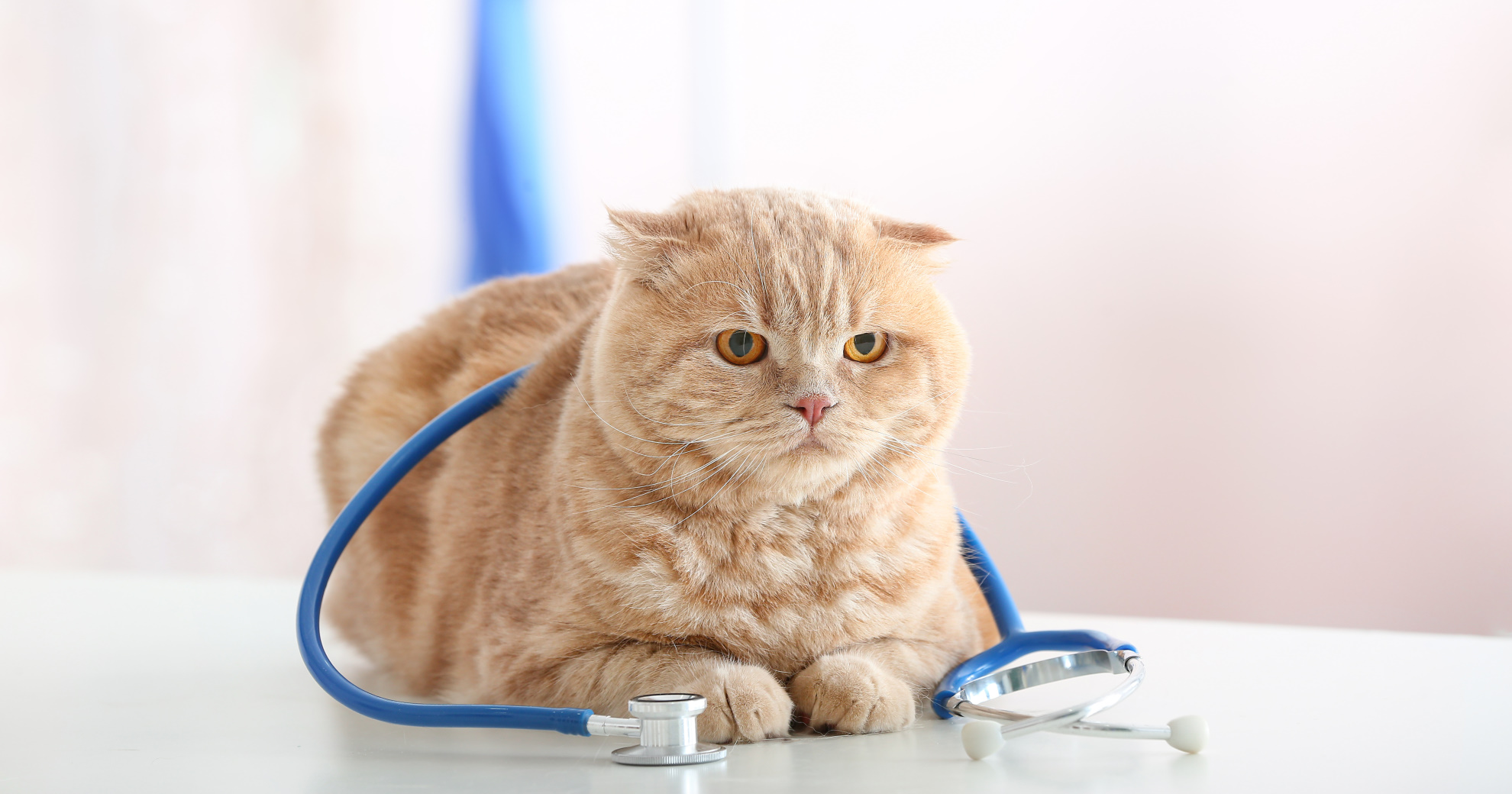HEALTH & WELLNESS

TRENDING
Feline Kidney Problems

Kidney Problems in Cats
AN OVERVIEW OF FELINE KIDNEYS
Your cat’s kidneys are responsible for many vital functions. These functions include:
- Managing blood pressure
- Making hormones
- Stimulating bone marrow to make more red blood cells
- Removing waste from the blood
TYPES OF KIDNEY DISEASE IN CATS
There are two categories of kidney disease in cats:
- Acute Kidney Injury (AKI) Previously Called Acute Renal Failure
- Chronic Kidney Disease (CKD)
Acute Kidney Injury (AKI)
AKI includes several diseases that suddenly start damaging kidneys and prevent them from doing their job (kidney failure).
Causes of AKI:
- Trauma, especially in the pelvis or bladder area
- Poisons such as, cleaning fluids, human medicines, toxic plants and pesticides
- Infection in the kidney
- Intrinsic kidney diseases: kidneys themselves are diseased
- Blockages (one of the leading causes) or rupture of urinary outflow
- Prolonged ischemia: low (or lack of) oxygen to organs that can result in tissue death
- Heart failure with low blood pressure, which reduces blood flow to the kidneys
If diagnosed in time, AKI can often be reversed.
Chronic Kidney Disease (CKD)
Chronic kidney disease means the kidneys are gradually and irreversibly deteriorating with a persistent loss of kidney function over time. Most cats don’t show any obvious signs of kidney disease that progresses for a long time, over months and even years. By the time they do, the kidney problem is usually very advanced. CKD occurs mostly in middle-aged and older cats.
While the exact causes of CKD aren’t always clear, there are many possible underlying causes of CKD in cats. These include:
- Congenital abnormalities, such as polycystic kidney disease
- Pyelonephritis (kidney infection)
- Nephrolithiasis (kidney stones)
- Ureteral obstruction and hydronephrosis (stones causing a blockage)
- Tubulointerstitial disease (disease of the kidney tubules and surrounding tissue)
- Glomerulonephritis (disease of the kidney’s filtering unit, glomerulus)
- Immune-mediated diseases, such as autoimmune hemolytic anemia
- Hypertension or high blood pressure
- Hyperthyroidism
- Advanced dental disease (feline infectious peritonitis)
- Cancer
SIGNS OF KIDNEY FAILURE
Most of the symptoms of CKD are also present in other diseases; however, symptoms of failing kidneys can include:
- Increased urination
- Urinating outside the litter box
- Increased thirst
- Weight loss
- Decreased appetite
- Vomiting, diarrhea, and bloody or cloudy urine
- Mouth ulcers (on the gums and tongue)
- Bacterial infections of the bladder and kidney
- A matted coat
- Constipation
- Overall body weakness
- Anemia
- Depression
DIAGNOSIS AND TREATMENT
The tests your veterinarian may choose to run include:
- A complete blood count (CBC)
- Urine tests
- Chemistry tests
- Electrolyte tests
- Radiographs (x-rays)
If kidney disease is found, your veterinarian will discuss treatment options that are tailored to your cat’s need. Treatment may include:
- Fluid therapy to rehydrate and normalize electrolyte and acid-base levels
- Nutritional therapy, including a high-quality restricted diet
- Medications for possible underlying conditions, such as anemia
- Surgery to remove blockages








